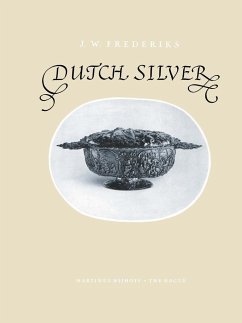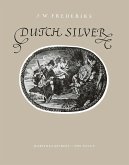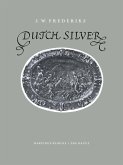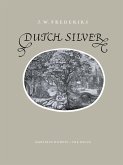The fourth volume on Dutch silver deals with those embossed ecclesiastical and secular objects which are not described in Volume I. Since that volume is confined to plaquettes, tazze and dishes, together with the complete oeuvre of the three most famous artists Adam and Paul van Vianen, and Lutma, a large variety of objects remains to be dealt with. Amongst these are many very important and beautiful vessels. The principal pieces described in this volume are of ecclesiastical origin such as monstrances, ciboriums, chalices, pyxes, chrismatories, mass-cruets, incense-boats and burners, altar-thrones, lecterns, missal covers, canon-board frames, altar -bells, altar-vases, altar -candlesticks, sanctuary lamps and sconces. Further, secular silver such as plaquettes, tazze and dishes, that have come to our knowledge since the publication of the first volume, and also plaquette medals, boxes, book-covers, beakers, tankards, cups, bowls, basins, bottles, plate used for the toilet, for the table, candlesticks and plate used for the service of tea, coffee and chocolate. A general survey of a number of objects is given in the Introductions to the first and second volumes (Volume I, p. VI; Volume II, p. VI~XIV). Certain additional observations concerning the nature, technique of manufacture and decoration of the particular types of article illustrated in this volume are, however, necessary.








